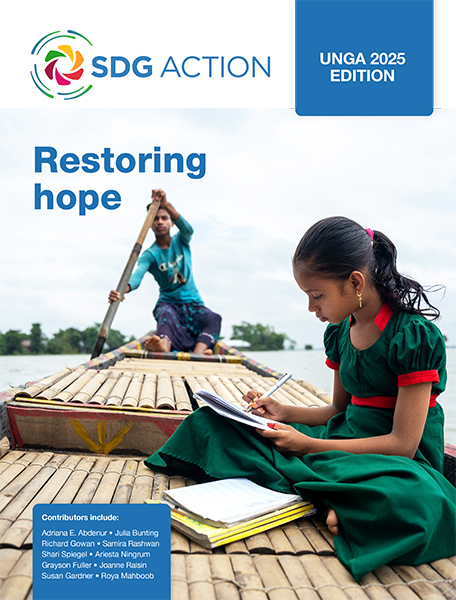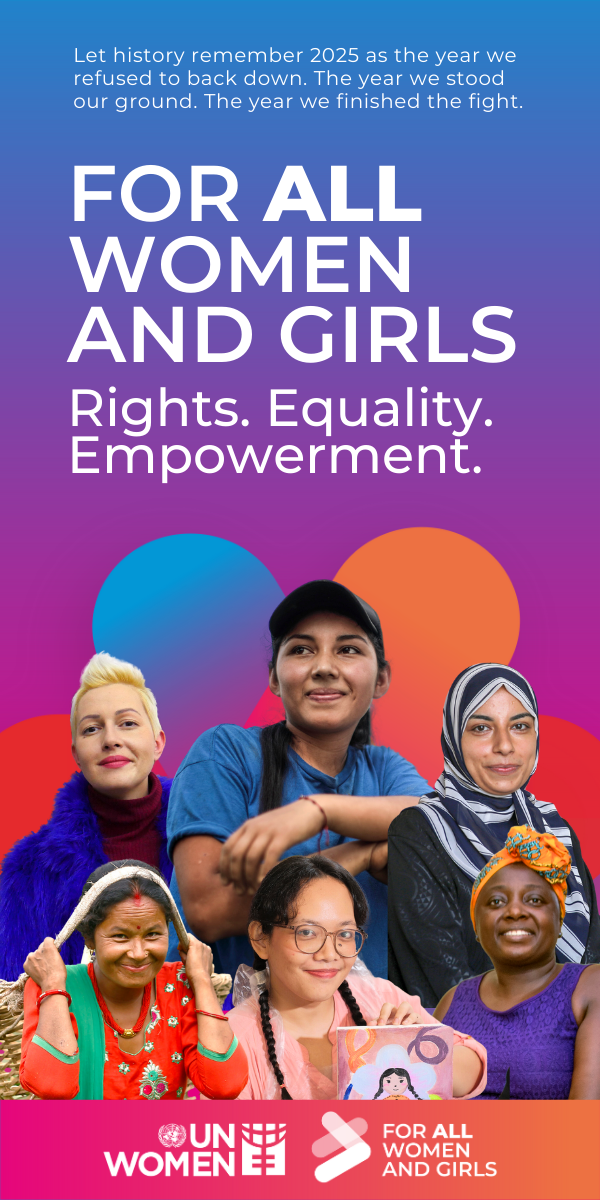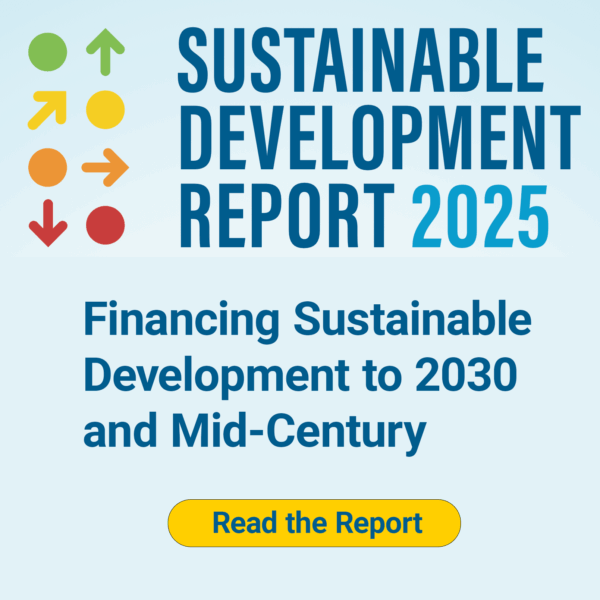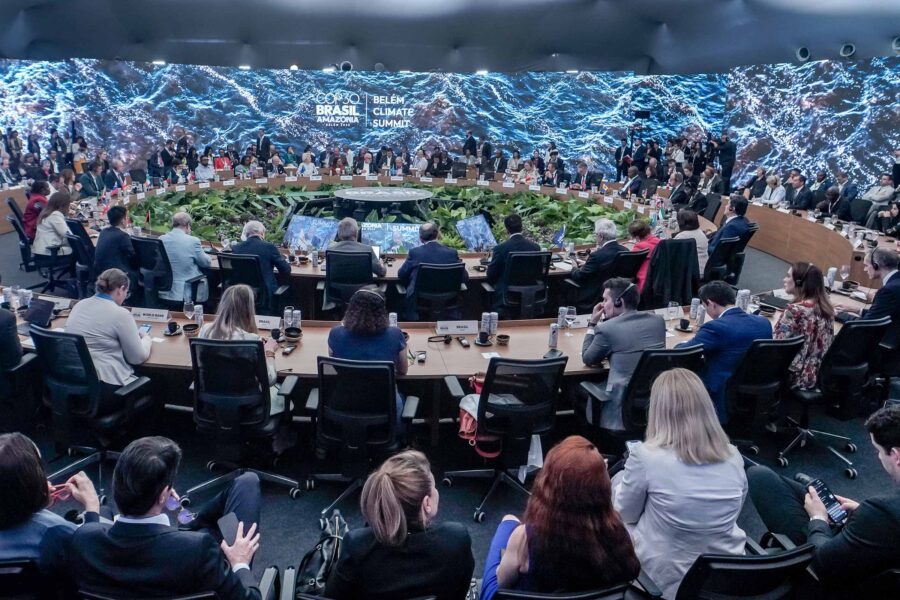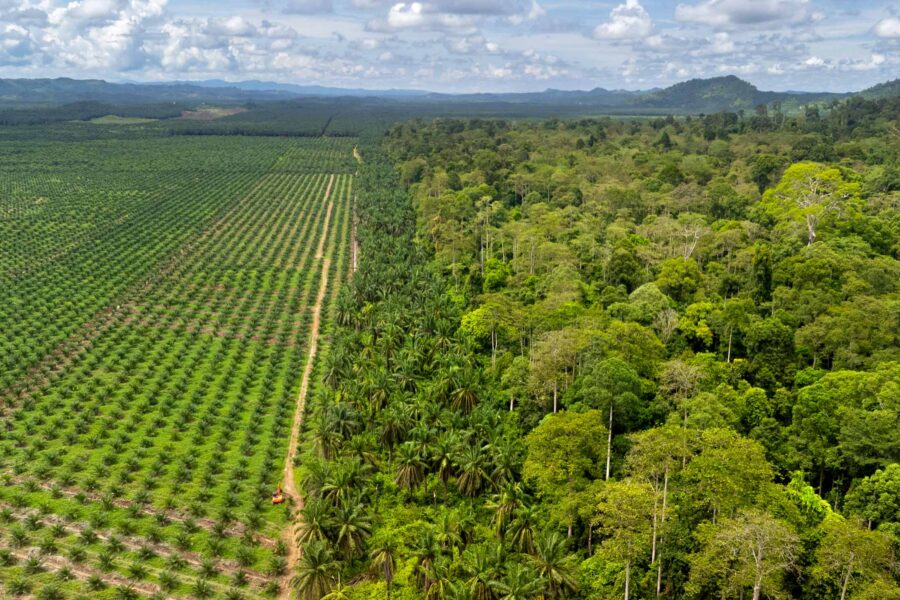We must get trade right for sustainable development
Trade has the power to drive sustainable development – but only if the global system is fair. As rising tariffs and unequal rules threaten progress, countries must seize the chance to reimagine trade in support of people and planet
Financing — Europe, Global
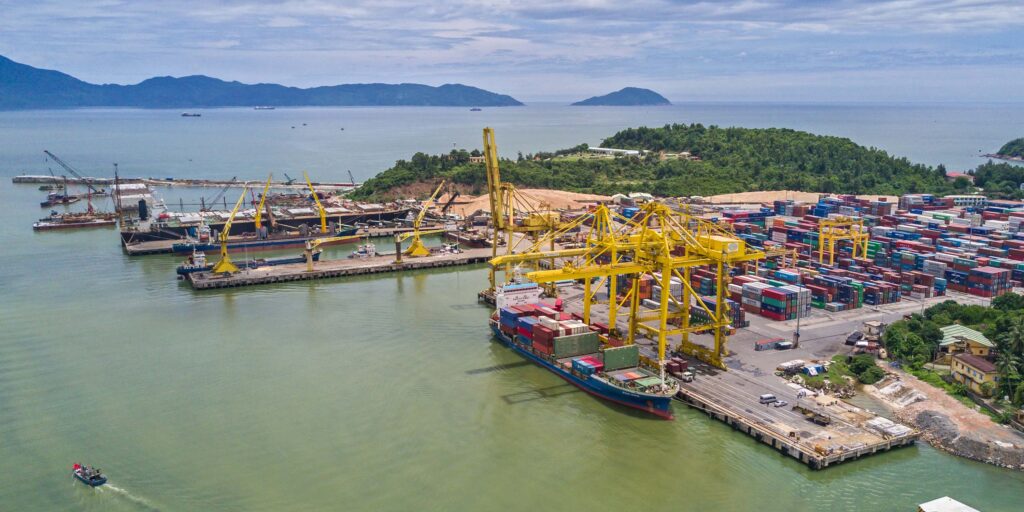
Trump’s tariff wars have put trade in the headlines far more than we are used to. It is still possible that on July 9 some of the world’s most marginalized countries will face tariffs of up to 50%.
To put this in perspective: the international development community has been rightly exercised by the loss of funding to the US Agency for International Development (USAID), but the sums involved are dwarfed by the value of trade with the US. Bangladesh’s total trade with the US is worth around USD 8.4 billion, compared with (at its peak) the USD 447 million that Bangladesh gets in US aid. Similarly, Cambodia’s trade with the US totals USD 12.7 billion, while Cambodia’s US aid receipts are USD 102.5 million.
Trade is recognized in Sustainable Development Goal (SDG) 17 and the Addis Ababa Action Agenda as having an important role in achieving the SDGs. However, the tariff story highlights both trade’s potential to generate much-needed income and government revenue and its vulnerability to global power imbalances and failure to address longstanding inequities.
There was a moment in the 1970s when the trade system stood at a crossroads: would global leaders respond to Global South calls to proactively redress colonial injustice or put their faith in the free market? There was a 1971 United Nations Declaration on the Establishment of a New International Economic Order (NIEO – updated as recently as 2024 with a new set of proposals). However, in the face of influential voices in favor of what came to be called the neoliberal agenda, the free market and free trade prevailed.
Fast forward to the formation of the World Trade Organization (WTO) in 1994 and tensions between the Global South and richer nations remained. The 1999 United Nations Human Development report warned that globalization was concentrating wealth in the hands of a powerful few and that poorer countries were at risk of being marginalized. Despite this, WTO negotiations in the same year were skewed against the Global South. This sparked global protest – dubbed the “Battle in Seattle” – and Global South countries walked away from talks.
As a result of the collapse of the Seattle round, countries were promised that the 2001 Doha talks would be a “round for development.” Positive commitments were made – for example, to phase out agricultural export subsidies. But rich countries’ record on delivery has been poor: commitments on things like special and differential treatment were so watered down as to become almost meaningless. Rich countries have found ways around the commitments such as moving subsidies between WTO “boxes” so that total amounts remain high. Meanwhile, critical demands for action in areas such as agricultural import surges have remained largely unanswered. When Nelson Mandela addressed the 2005 Make Poverty History rally, trade justice was still top of his list of things that rich countries should aim for to address global poverty.
From trade justice to trade retrenchment
In 2025, it is clear that communities in the Global South are not the only ones who feel they have been left behind. The consensus on globalization, with trade liberalization as one of its engines, is crumbling. Trump’s electoral successes can in part be attributed to the fact that too many people in the US did not benefit. Unfortunately, measures taken to address historic global inequities have been caught in the crosshairs. For over 50 years, the trade system has allowed for “preferential treatment” of countries in the Global South. The US used to offer preferential tariffs to 119 countries and clearly considered trade as an important tool in achieving development goals:
“US trade preference programs such as the Generalized System of Preferences (GSP) provide opportunities for many of the world’s poorest countries to use trade to grow their economies and climb out of poverty.” Source: GSP, Office of the US Trade Representative.
Trump’s tariff announcement upended this approach. Probably driven by his objections to Chinese investment in Global South industries, some of the world’s smallest economies are facing eyewatering tariffs. Lesotho, ranked 172nd out of 193 countries by size of economy, could be hit by a 50% tariff, Bangladesh faces 37%, and Cambodia 49%. This will have a huge impact, particularly where countries rely heavily on a small number of industries that export to the US. For example, in the case of the countries above, the tariffs will be devastating for the mostly female workforce of their garment industries. Even if the full tariffs are not applied, the blanket 10% is still a significant increase for many Global South exports.
Global South countries will struggle to respond. It will be difficult to find alternative export markets or buy more from the US to address the “trade deficit” that Trump is so exercised about. Bangladesh has been considering importing more US cotton, but the higher price could lead to increased downward pressure on working conditions in the industry. Meanwhile, many supply chains are highly mobile, and companies are likely to shift their sourcing to countries with lower tariffs. There are already indications that companies will move to countries like India and Peru, which face lower tariffs of 26% and 10%.
A window for reform
Nevertheless, it would be wrong to suggest that there is nothing the rest of the world can do. The US accounts for 13% of global trade, which means there is another 87% to play for. The erratic behavior of the Trump administration and its withdrawal from the WTO and trade negotiations could reopen the space for serious discussion about how the trade system can work for the SDGs, for people, and for the planet. There is the opportunity for a serious overhaul, learning from NIEO, led by the Global South.
There has already been some movement in the right direction. For years, it was impossible to discuss trade and climate change together. Today there is a regular trade day at the UN Framework Convention on Climate Change (UNFCCC) and four countries recently signed the Agreement on Climate Change Trade and Sustainability (ACCTS). Governments are working to regulate supply chains to ensure better climate and environmental outcomes, including deforestation measures and carbon border adjustment mechanisms. However, to ensure past mistakes are not repeated and Global South priorities are addressed, principles such as just transition, special and differential treatment, and common but differentiated responsibilities must be applied.
What can the UK do?
There are some obvious things that the UK could do to make a start on this agenda. The combination of tariffs, aid cuts, and global economic instability means that taking steps to address the problems in its own international supply chains is more important than ever. To reduce the impacts on the workers and small producers who will bear the brunt of trade wars, the UK must:
- play a leading role in brokering conversations about how to reinvent the trade system
- put workers and small producers at the heart of its forthcoming trade strategy
- introduce a Business, Human Rights, and Environment Act so that companies cannot get away with practices that drive human rights abuses and environmental destruction
- introduce a garment trading adjudicator to ensure UK companies treat suppliers fairly – just paying on time will be so important
- ensure that workers and small producers do not pay the price for new trade-related climate measures
Getting trade right won’t solve every development challenge, but without a fairer global trade system, sustainable development will remain out of reach for many. Now is the moment for countries like the UK to step up and lead reform.
Featured in:
UNGA 2025 edition: Restoring hope
An effective multilateral response is needed for an ever increasing number of crises. At the same time, the UN – the heart of the multilateral system for 80 years – is under attack from nations trying to defund and disempower it. Radical reform is clearly needed. Whatever form that takes, it should be guided by and designed to support the SDGs.
This edition considers the impacts of inequality and conflict, and explores ways to build a fairer, safer future through education, technology, economic development and global partnerships.
Authors include Adriana E. Abdenur, Julia Bunting, Richard Gowan, Samira Rashwan, Shari Spiegel, Ariesta Ningrum, Grayson Fuller, Joanne Raisin, Susan Gardner and Roya Mahboob.
Publication date: 22 September 2025

